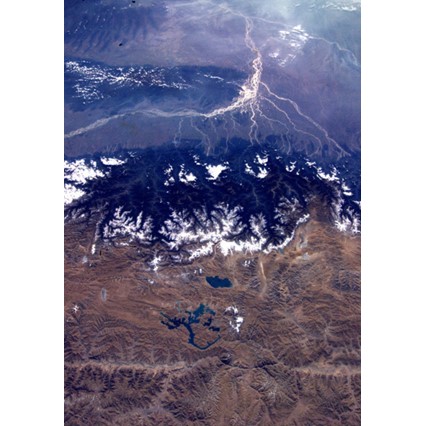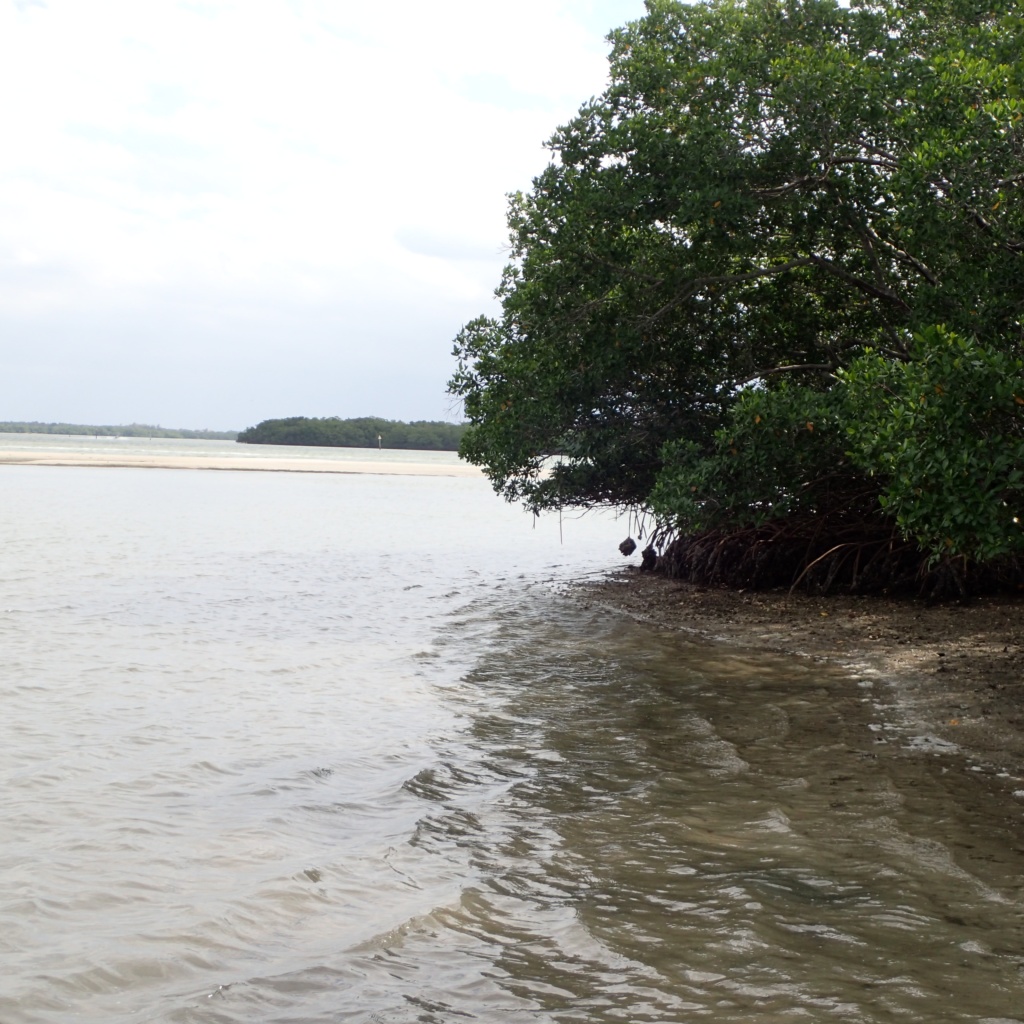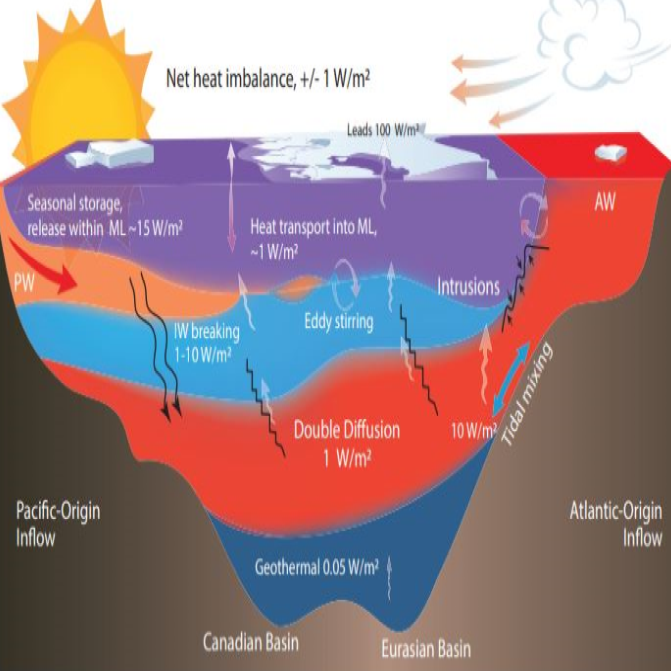The Tibetan Plateau, commonly known as the “the roof of the world”, supplies freshwater for nearly two billion people. Water storage is crucial in determining hydrologic transport and water availability but is highly sensitive to climate change. Water storage change is a critical indicator of vulnerability of the “Asian Water Tower”. Despite its importance, the […]
Read More
PhD Study: At the Global Frontier of Climate Change and Nutrient Cycling The fragile Arctic ecosystems are changing rapidly due to global warming, as glaciers retreat, they are revealing arctic soils under the process called ‘greening’. These soils store substantial amounts of organic matter and nutrients, which may become bioavailable under higher temperatures and changing […]
Read More
This is an exciting opportunity to explore deep learning (DL) methods, in combination with geophysical and hydro-mechanical models, to extract information on the stability of dams and other earthworks. The collapse of the auxiliary spillway of the Toddbrook Dam following heavy rain during summer 2019 brought significant public attention to potential hazards from failure of […]
Read More
Algal blooms in freshwaters are happening with increasing frequency due to climate change and input of nutrients. Lake ecosystems may be severely impacted by blooms, particularly the microbial food web. Many of the algae which bloom produce large quantities of photosynthetic fixed carbon which are exudated throughout their growth cycle as dissolved organic carbon (DOC), […]
Read More
There are increasing efforts to improve estimates of carbon sequestration by vegetation as this is a method of capturing and storing atmospheric carbon dioxide o reduce climate change. However, the ability to sequester carbon is affected by air quality. Tropospheric ozone is a major air pollutant that has been shown to have negative impacts on […]
Read More
We are seeking an enthusiastic student to pioneer the next generation of environmental modelling innovation. Sitting at the intersection of disciplines, this exciting opportunity will allow you to demonstrate how our ability to model the environment can be transformed by contemporary software architecture. You will showcase this through a case study of adapting an existing […]
Read More
Nitrate is the most pervasive pollutant in groundwater. High concentrations of nitrate in groundwater can contribute to degradation of surface water ecosystems and can also result in the need for costly treatment when groundwater is used for drinking. With these costs running into the billions globally, understanding how nitrate concentrations vary with time is crucial. […]
Read More
Dramatic sea ice loss – “defrosting” of the Arctic has occurred as it warms 4 times faster than the rest of earth. This and other rapid changes in the Arctic, such as a freshwater release from the Beaufort Gyre (BG), may have global consequences for weather and climate if they disrupt the North Atlantic Ocean’s […]
Read More
Once dismissed as a nautical myth, rogue waves are now known to be real events, with a growing worldwide database of observations. Rogue waves pose a significant threat to maritime safety and have been responsible for countless shipwrecks. Understanding their formation and behaviour is crucial for safeguarding lives and vessels at sea. In addition, rogue […]
Read More
Animals face many challenges as increased urbanization impacts their ability to survive and reproduce. Nowhere is this more evident than in migratory birds. Throughout Europe evidence indicates that populations of migratory birds are declining. Many anthropogenic influences are implicated, such as land use and climate change. However, recently, a new and surprising potential hazard to […]
Read More










